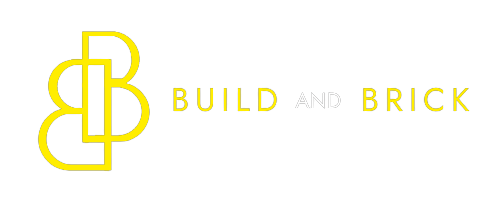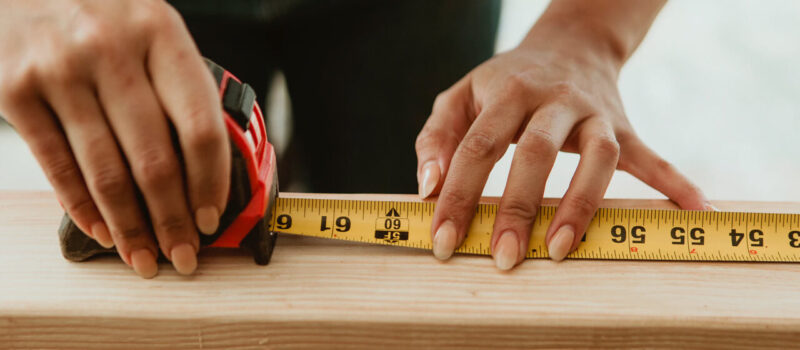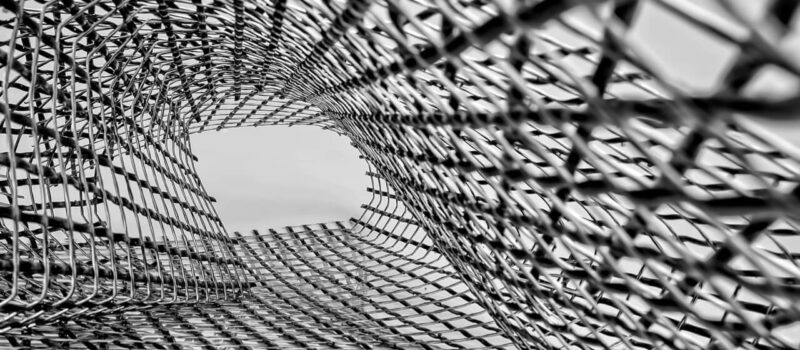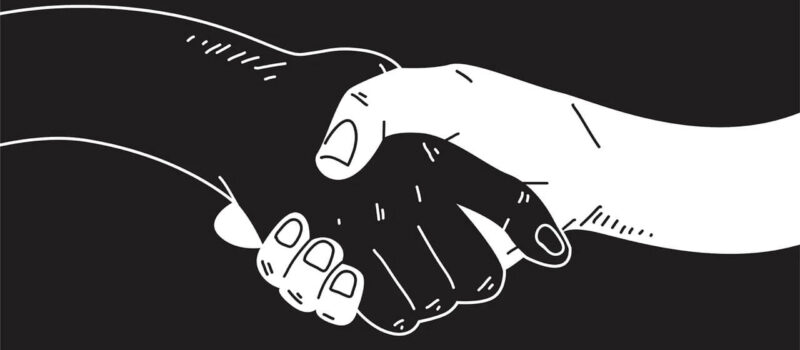 Man fixing kitchen sink - image by © rawpixel
Man fixing kitchen sink - image by © rawpixel
Moisture can cause a disastrous amount of damage to your home when left unchecked. Performing regular maintenance and looking out for these warning signs will help you to reduce the risk of damage and keep your home functioning optimally.
Your Water Meter Runs Continuously
Hiring a Licensed and Professional Water Damage Restoration Professional is Vital
John Doe
Leaks can slowly drain your resources and introducing water into your home in places where you won’t see damage until it’s too late. The easiest way to gauge if you have a leak is to read your meter before you leave for work and when you get back home. If there is a difference in the readings while the home is unoccupied, you have a leak.
Start with taps and toilets for obvious leaks. To check your toilet, add some food coloring to the tank. If the food coloring starts to show in the toilet bowl, you know you need to replace your flapper.
Check for water stains on walls and ceilings. Mold and mildew or peeling paint can also indicate a leak.
Detach your hoses to check outside taps for leaks.
There are Water Stains on the Ceiling
In the lower levels of the home, this could indicate a plumbing leak. Check all fixtures and seal the leak. Water in the floor and ceiling can cause mold and mildew and compromise your indoor air quality. Water can also damage floors and ceilings and even compromise structural framing over time.
If the ceilings are stained in the upper floor of the home, this could indicate a roof leak. These are especially prevalent in the winter as ice dams form. When there are gaps in the insulation, heat from inside the home warms portions of the roof and melts the snow. With nowhere to drain, the water pools on the roof and freezes and expands overnight, pushing up under the shingles and causing leaks.
Regularly clean your gutters so water can effectively drain from the roof, check your shingles and roof for leaks and remediate any gaps in the attic insulation.
Discoloration around bathroom fans is a sign of condensation in the ductwork. This happens when your vents are blocked or when strong winds blow hot humid air back into your ductwork. This water condenses on the cooler ducting and can damage your roofing, fan motor and framing components.
Ensure that the vent is open and the damper is working properly. Keep the fan running for longer or put a timer switch on it so that it clears the ductwork of all moisture before turning off.
Efflorescence on your Chimney Brickwork
When masonry gets wet and dries, the minerals in the water stay behind on the bricks and form small white crystals. In tiny amounts, this efflorescence is harmless, but if thick deposits occur, it means that your chimney is too wet. When this moisture freezes in winter, it can expand and cause cracks.
Check your flue liner for damage as this means that poisonous CO2 gas may be seeping into your home from your fireplace, furnace or water heater.
Reduce the moisture in your chimney by fixing the crown and replacing the flue. Have your chimney inspected to ensure that it is working properly and safely.





